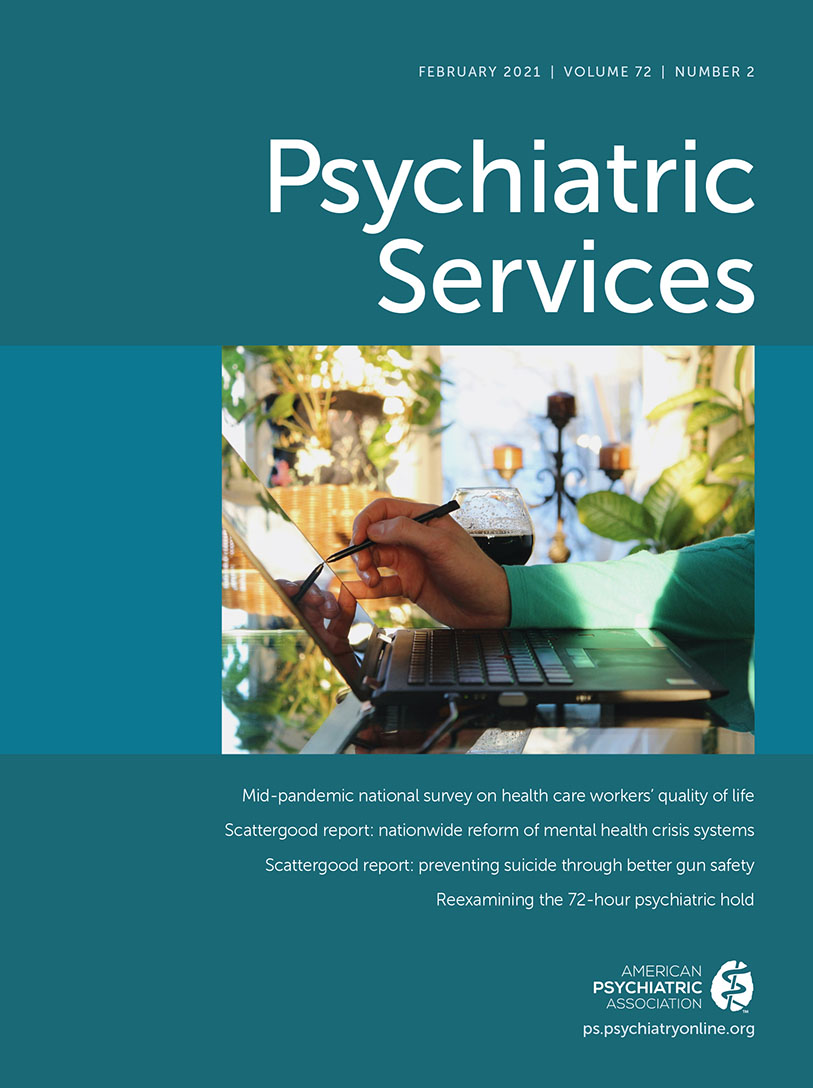The Use of Technology in the Clinical Care of Anxiety: An Evidence Map
Abstract
Objective:
Cost, distance, and stigma may present barriers to face-to-face treatment for anxiety disorders. Technology can help overcome these barriers. The evidence map presented here provides an overview of technology use in clinical care for anxiety.
Methods:
Searches in three databases from their inception dates to June 2019 identified published randomized controlled trials (RCTs) examining technology use in anxiety disorder management. Reviewers screened 4,061 records, included 128 RCTs, and extracted data on study characteristics and technology type, function, and effectiveness.
Results:
In 88% of the 128 RCTs, the authors reported reduced anxiety symptoms postintervention. Studies of computer technology (66%) and patient self-directed psychotherapy (31%) were most common. Many interventions were studied by only a few RCTs, and many studies had small sample sizes.
Conclusions:
Almost all interventions reported improved anxiety symptoms, with computer applications having the largest evidence base. More information is needed to evaluate the role of technology in clinical care for anxiety.



